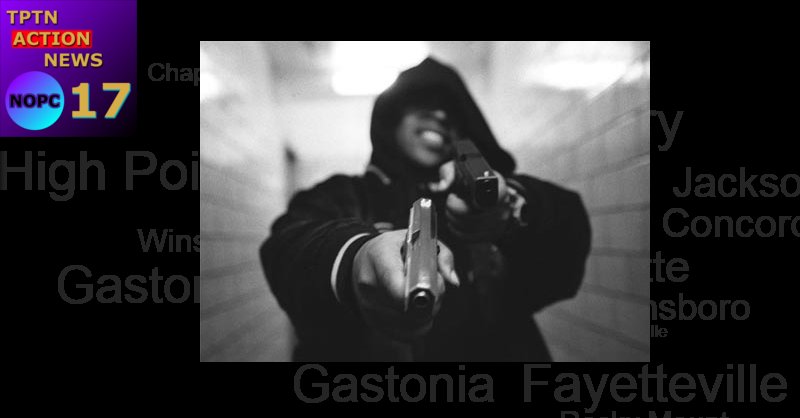The Color of Crime; Blacks have a Lot of Explaining to Do!
A black is six times more likely than a nonblack to commit murder.
New Century Foundation is a 501(c)(3) organization founded in 1994 to study immigration and race relations so as to better understand the consequences of America’s increasing diversity.
Perhaps the most important publication of New Century Foundation is “The Color of Crime,” New Century Foundation’s report on differences in crime rates by race, bias in the justice system, and interracial crime. First published as a monograph in 1999 and updated and expanded in 2005, the 2016 edition of “The Color of Crime” is available in print from our store, or online as a standard webpage or a PDF download.
Here is a video presentation of Jared Taylor, president of New Century Foundation, presenting some of the report’s key findings.
- The evidence suggests that if there is police racial bias in arrests it is negligible. Victim and witness surveys show that police arrest violent criminals in close proportion to the rates at which criminals of different races commit violent crimes.
- Both violent and nonviolent crime has been declining in the United States since a high in 1993. 2015 saw a disturbing rise in murder in major American cities that some observers associated with depolicing” in response to intense media and public scrutiny of police activity.
Crime rates
- There are dramatic race differences in crime rates. Asians have the lowest rates, followed by whites, and then Hispanics. Blacks have notably high crime rates. This pattern holds true for virtually all crime categories and for virtually all age groups.
- In 2013, a black was six times more likely than a nonblack to commit murder, and 12 times more likely to murder someone of another race than to be murdered by someone of another race.
Interracial crime
- In 2013, of the approximately 660,000 crimes of interracial violence that involved blacks and whites, blacks were the perpetrators 85 percent of the time. This meant a black person was 27 times more likely to attack a white person than vice versa. A Hispanic was eight times more likely to attack a white person than vice versa.
Urban centers
- In 2014 in New York City, a black was 31 times more likely than a white to be arrested for murder, and a Hispanic was 12.4 times more likely. For the crime of “shooting”—defined as firing a bullet that hits someone—a black was 98.4 times more likely than a white to be arrested, and a Hispanic was 23.6 times more likely.
- If New York City were all white, the murder rate would drop by 91 percent, the robbery rate by 81 percent, and the shootings rate by 97 percent.
- In an all-white Chicago, murder would decline 90 percent, rape by 81 percent, and robbery by 90 percent.
Police shootings
- In 2015, a black person was 2.45 times more likely than a white person to be shot and killed by the police. A Hispanic person was 1.21 times more likely. These figures are well within what would be expected given race differences in crime rates and likelihood to resist arrest.
- In 2015, police killings of blacks accounted for approximately 4 percent of homicides of blacks. Police killings of unarmed blacks accounted for approximately 0.6 percent of homicides of blacks. The overwhelming majority of black homicide victims (93 percent from 1980 to 2008) were killed by blacks.

